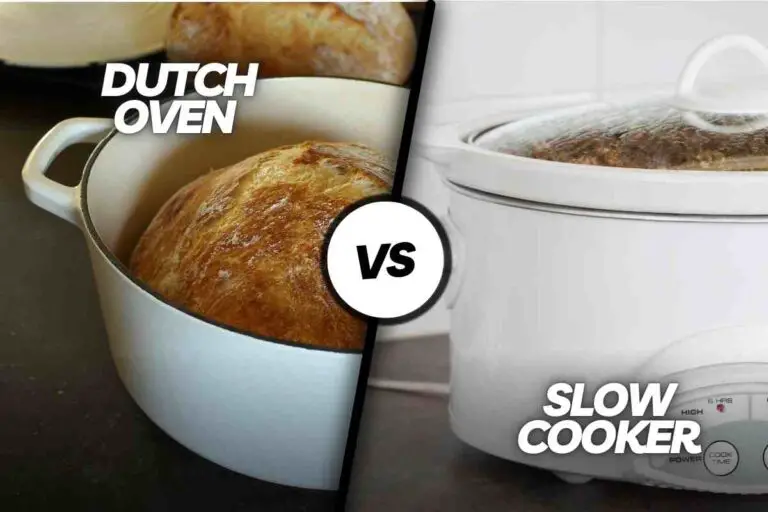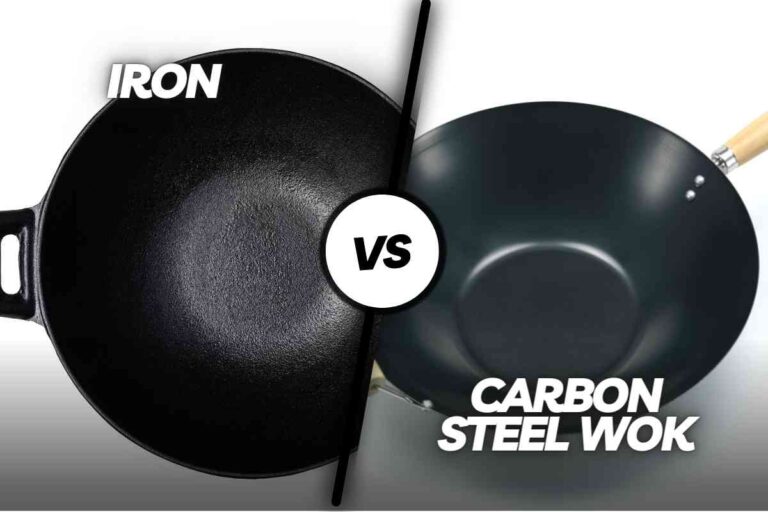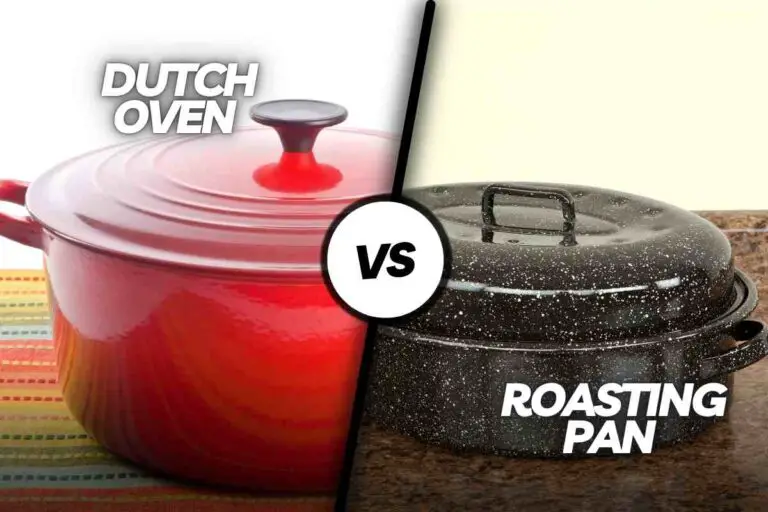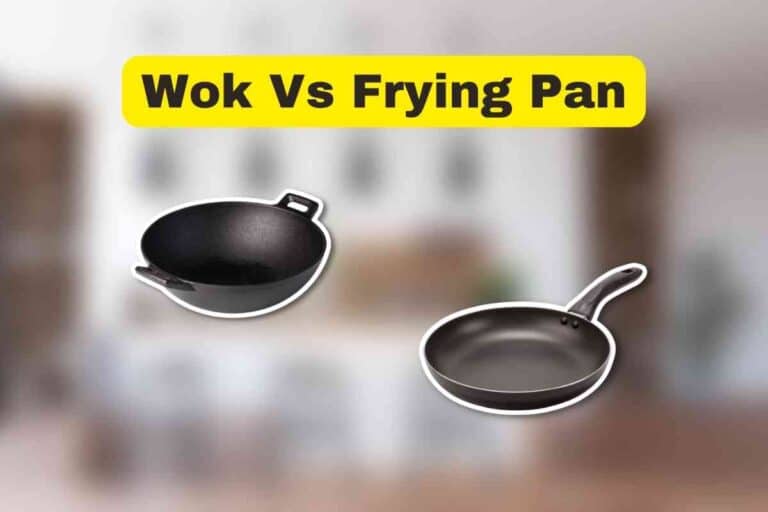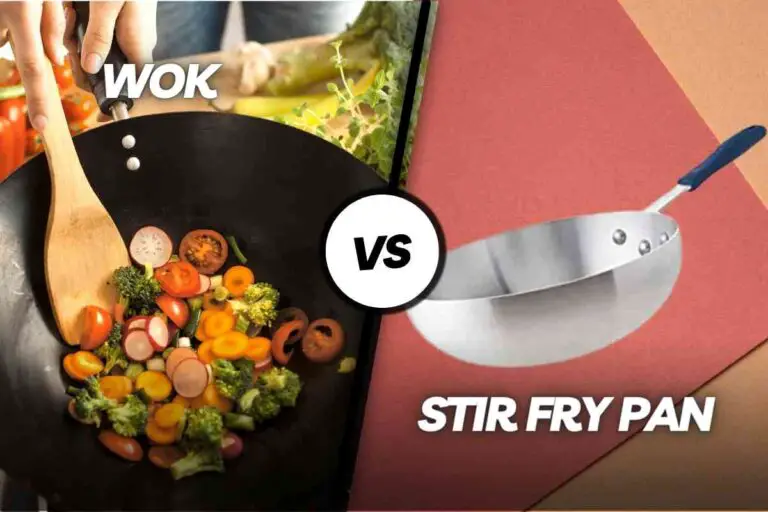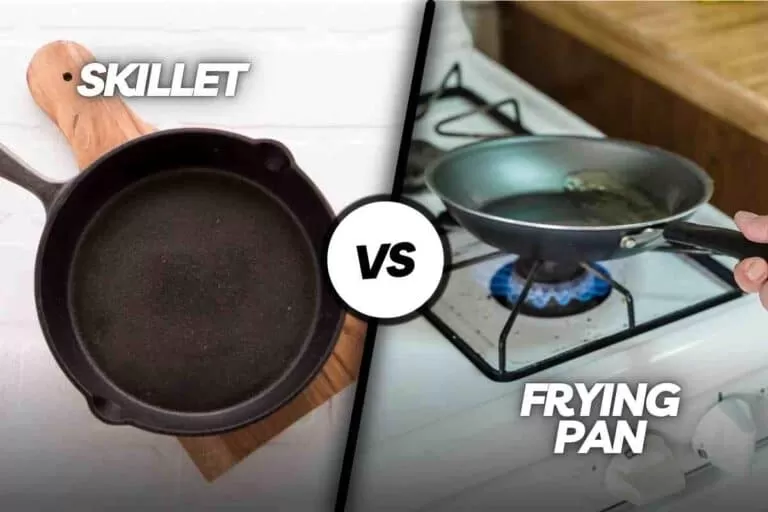12 Key Differences: Dutch Oven Vs Instant Pot
The main difference between a Dutch Oven and an Instant Pot lies in their cooking speed and method. A Dutch Oven is designed for slow cooking with low heat to develop depth of flavor over time. While an Instant Pot is engineered for faster cooking by utilizing pressure to speed up the cooking process.
Dutch Ovens are ideal for longer meals that benefit from slow cooking, while Instant Pots are used to prepare meals quickly using high-pressure cooking techniques.
In addition, dutch ovens excel in slow, even cooking and versatility, while Instant Pots offer convenience and multi-functionality. Consider your needs, space, and cooking preferences when deciding which is “better” for you.
These versatile tools have become staples in modern kitchens, offering convenience and delicious results.
Dutch ovens are renowned for their ability to provide slow, even cooking, making them ideal for braising, simmering, and roasting dishes. This results in rich and flavorful meals.
They can seamlessly transition from stovetop to oven, offering a wide range of cooking techniques in a single pot. They are perfect for dishes like soups, stews, bread, and even desserts.
Instant Pots offer unparalleled convenience with their set-and-forget functionality. They significantly reduce cooking times for dishes that traditionally take hours, making them a time-saving option.
Also, the instant Pots combine various cooking methods, including pressure cooking, slow cooking, sautéing, and more, into one appliance. This versatility allows for a wide variety of recipes and can replace several kitchen gadgets.
12 Aspects: Dutch Oven Vs Instant Pot
| Aspect | Dutch Oven | Instant Pot |
|---|---|---|
| Versatility | Stovetop and oven use | Multi-functional appliance |
| One-Pot Cooking | Yes, reduces dish cleanup | Yes, convenient |
| Even Heating | Even heat for better flavor | Even cooking results |
| Time Required | Longer for braising recipes | Speedier cooking times |
| Hands-On Monitoring | Requires more attention | Set-and-forget convenience |
| Sauté Function | Limited, stovetop needed | Available for browning |
| Preheating and Pressure Time | N/A | Longer preheating, pressure release |
| Suitability for Quick Release | N/A | Not suitable for all dishes |
| Space and Storage | Bulkier, more storage space | Compact |
| Budget | Investment, costlier options | Range of models, affordable |
| Recipe Variety | Great for slow-cooked and baked dishes | Versatile for various recipes |
| Beginner-Friendly | May require more skill | Set-and-forget, easier for beginners |
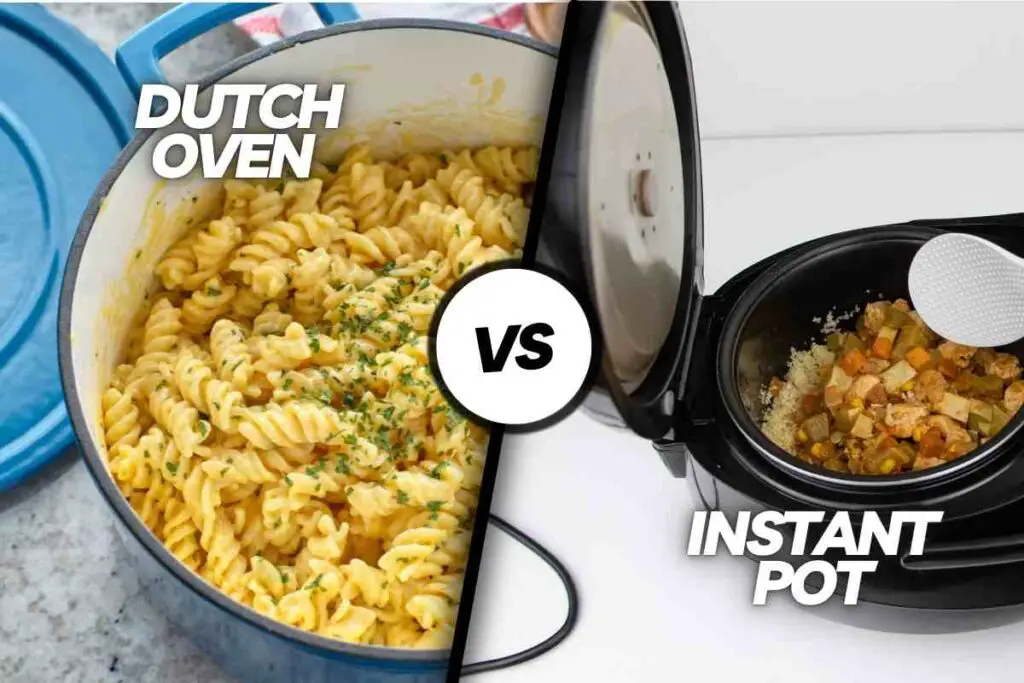
Understanding Dutch Ovens
Let’s start by understanding the Dutch oven. It’s a heavy-duty, thick-walled pot typically made of cast iron, though some modern versions use materials like ceramic or aluminum. Dutch ovens are known for their durability and ability to retain and distribute heat evenly.
Pros of Using a Dutch Oven
- Versatility for Stovetop and Oven Use: Dutch ovens can transition seamlessly from stovetop searing to oven roasting, making them perfect for a wide range of recipes.
- One-Pot Cooking and Reduced Dish Cleanup: With a Dutch oven, you can often prepare an entire meal in a single pot, minimizing the number of dishes to wash.
- Even Heating for Better Flavor: The thick walls of a Dutch oven ensure even heat distribution, resulting in dishes with rich, balanced flavors.
Cons of Using a Dutch Oven
- Time Required for Braising Recipes: While Dutch ovens are excellent for slow-cooked dishes, they do require a significant amount of time for braising recipes.
- Hands-On Monitoring Needed: Achieving the best results with a Dutch oven often involves more hands-on monitoring compared to some other cooking methods.
Exploring the Instant Pot
Now, let’s delve into the Instant Pot. It’s a multi-functional electric pressure cooker that has taken the culinary world by storm. The Instant Pot combines various cooking methods, including pressure cooking, slow cooking, sautéing, and more, into one appliance.
Pros of Using an Instant Pot
- Set-and-Forget Convenience: Instant Pots are known for their “set it and forget it” ease of use. Once you set the cooking program, you can step away without constant monitoring.
- Sauté Function for Browning: The Instant Pot’s sauté function allows you to brown ingredients before pressure cooking, enhancing the flavor of many dishes.
- Speedy Cooking Times for Slow-Cooked Recipes: Despite the name, Instant Pots can significantly reduce cooking times for slow-cooked recipes, making them a time-saving option.
- Multi-Functionality: The Instant Pot’s ability to perform various cooking tasks in one appliance saves both counter space and time.
Cons of Using an Instant Pot
- Preheating and Pressure Release Time: Instant Pots require time for preheating and pressure release, which can extend the overall cooking time.
- Suitability of Quick Release for Certain Dishes: Quick pressure release may not be suitable for all dishes, as it can affect the texture of some foods.
- Vent-Clogging Issues: Some recipes can cause vents to clog, leading to difficulties in pressure release and potentially impacting the appliance’s performance.
Choosing the Right Appliance for You
Now that we’ve explored the pros and cons of both the Dutch oven and the Instant Pot, let’s consider how to choose the right appliance for your kitchen.
Consider Your Cooking Style
Think about your cooking style and preferences. If you enjoy slow cooking, braising, and savoring the process, a Dutch oven might be your best bet. However, if convenience and time-saving are top priorities, the Instant Pot could be more suitable.
Space and Storage
Assess your kitchen’s space and storage options. Dutch ovens are generally bulkier and require more storage space, while the compact Instant Pot can be an excellent choice for smaller kitchens.
Budget
Consider your budget. Dutch ovens, especially high-quality cast iron ones, can be an investment. Instant Pots come in a range of models, some more affordable than others, allowing you to choose one that fits your budget.
Recipes and Cooking Goals
Think about the types of recipes you love to cook. Dutch ovens excel in slow-cooked dishes, soups, and stews. Instant Pots, on the other hand, are versatile and can handle a wide variety of recipes, from roasts to rice.
Frequently Asked Questions (FAQs)
Can I Use a Dutch Oven As a Substitute for an Instant Pot?
While Dutch ovens are versatile, they can’t replicate the pressure cooking function of an Instant Pot. So, for dishes that rely on pressure cooking, an Instant Pot is the better choice.
Which One Is Better for Beginners in the Kitchen?
Instant Pots are often considered more beginner-friendly due to their set-and-forget nature. However, with practice, beginners can also master the Dutch oven.
Are There Specific Dishes Where One Clearly Outperforms the Other?
Yes, for dishes requiring slow and long cooking times, such as braised meats or artisanal bread, a Dutch oven shines. Instant Pots are better suited for quick meals and dishes requiring pressure cooking.
Conclusion
In the Dutch Oven vs. Instant Pot debate, there’s no one-size-fits-all answer. Your choice depends on your cooking style, available space, budget, and the types of recipes you love to prepare.
Both appliances offer unique advantages, so take your time to evaluate your needs and preferences.
Whether you opt for the traditional charm of a Dutch oven or the modern convenience of an Instant Pot, you’re sure to create delicious meals in your kitchen.

